
Fishing, snorkeling, sailing - it’s all in a day’s work for these Michigan Sea Grant staffers
As a 4-H Great Lakes Natural Resources Camp sponsor, Sea Grant offers hands-on natural resource lessons.
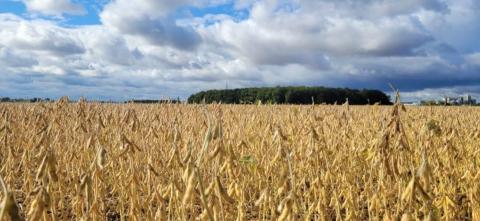
No payoff from high soil test phosphorus: Save fertilizer and protect water quality
Lake Erie continues to experience summer algal blooms due to excess phosphorus. While phosphorus enters the lake from various sources, agriculture remains the dominant contributor. Recent research highlights the significant role of legacy phosphorus—phosphorus that has accumulated in soils over time—in fueling these blooms.
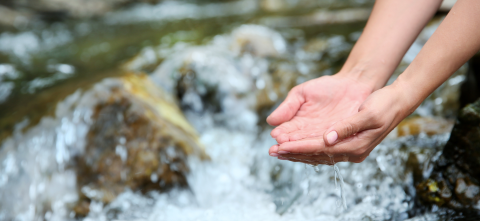
Addressing the challenge of water for all: insights from MSU researchers
Three MSU research teams are examining how Midwestern communities navigate water access and decision-making, from climate resilience to public attitudes and policy outcomes.
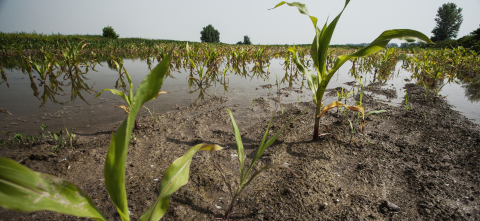
Spartans Making A Difference: Designing for the Future — Smarter Drainage, Cleaner Water
This week’s articles by MSU faculty, specialists, and students making a difference feature climate-smart drainage design, wastewater treatment to reduce antibiotic resistance, and PFAS in solar panels.
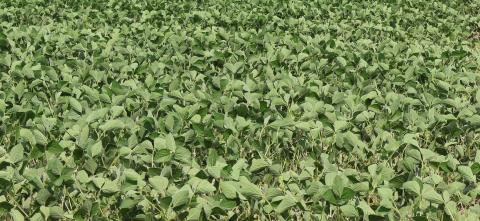
Recognizing water stress and critical growth stages in corn and soybeans
When it comes to growing high-yielding crops, timing is everything, especially when it comes to water. Water makes up 80–95% of a plant’s fresh biomass and plays a key role in various physiological processes. Water stress is one of the most limiting factors in crop production, affecting grain yield, quality and nutrient uptake. In Michigan, stress from low soil moisture often occurs during the hottest days from July through mid-August, right when corn and soybean are at their most sensitive growth stages.
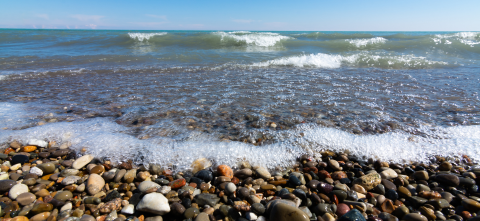
Spartans Making A Difference: Shaping Shorelines, Safeguarding Futures
This week's articles by MSU faculty, specialists and students making a difference feature coastal resilience in the Great Lakes, phosphorus runoff from farm fields, and climate benefits of regenerative agriculture.
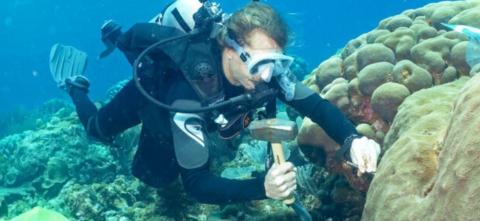
New study reveals how corals teach their offspring to beat the heat
Caused by stressful conditions like warming ocean temperatures, coral bleaching is a leading threat to some of our planet’s most diverse and vital ecosystems. Now, a team of researchers has found that some corals survive warming ocean temperatures by passing heat-resisting abilities on to their offspring.
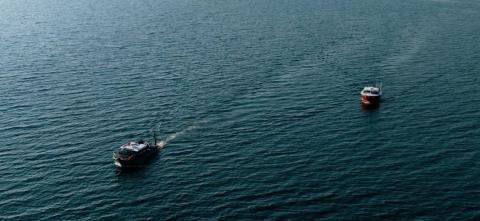
Spartan science protects the water we depend on
Water is one of our planet’s most vital resources — essential for life, food production, energy and industry. But it’s facing serious threats from pollution, changes in climate and overuse. Addressing these complex challenges requires collaboration across many fields of research and practice, and at MSU, researchers are doing just that.
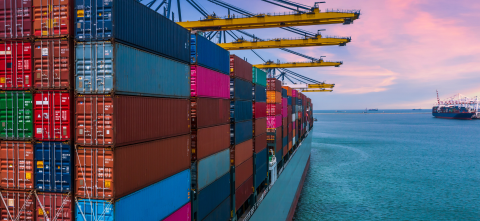
MSU sustainability expert highlights link between Michigan water use, agriculture, and global trade
Recent debates over tariffs have focused primarily on economics, but they also demonstrate how trade decisions can carry unintended consequences for water use and environmental systems worldwide.

Bringing new life to the Red Cedar River
Running through the heart of Michigan State University’s campus, the Red Cedar River has long served as a beacon of recreation, teaching and learning, and a thriving ecosystem for the campus community.
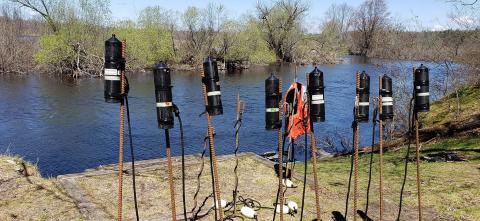
Swimming in the deep: MSU research reveals sea lamprey travel patterns in Great Lakes waterway
In a study funded by the Great Lakes Fishery Commission, MSU's Kandace Griffin and Professor Michael Wagner found that sea lampreys — a parasitic fish considered an invasive species in the Great Lakes region of the U.S. — follow a clear pattern of staying in the deepest parts of a river.
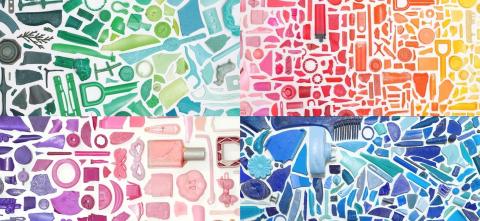
Creativity meets conservation: An MSU alum’s mission to protect our Great Lakes
MSU alum and artist Hannah Tizedes is turning art into environmental activism through her Michigan-based nonprofit, The Cleanup Club.
